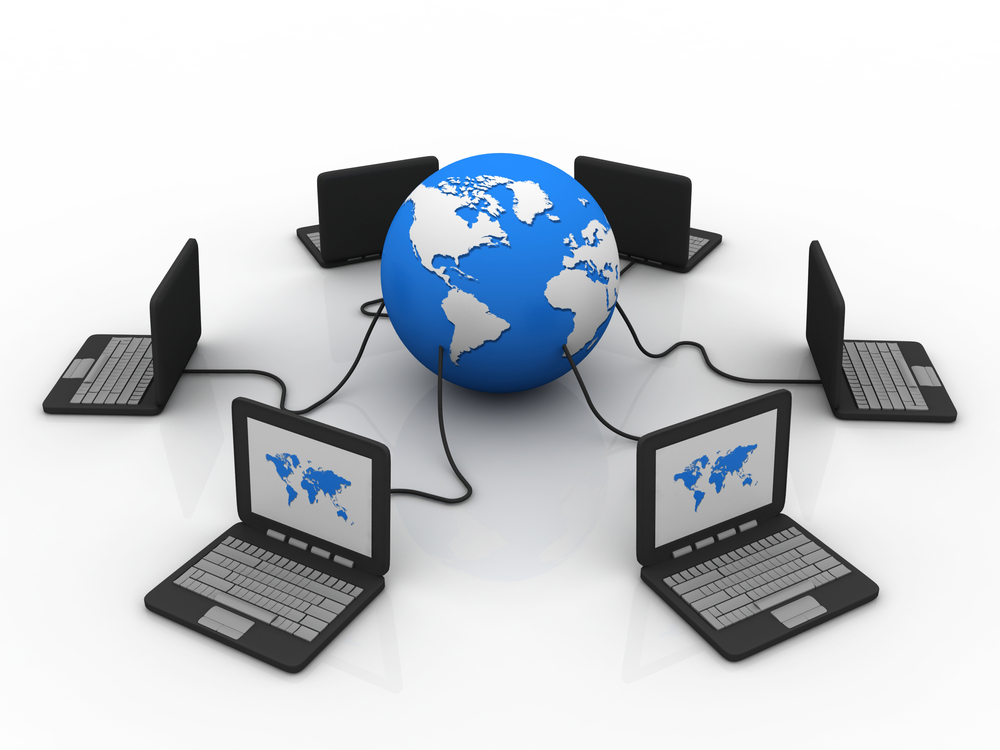Table of Contents
Networks play a crucial role in our everyday lives. Whether it’s a social network or a computer network, connectivity is essential. Strong social networks play a crucial role in fostering good relations among friends, colleagues, and family members. Social relationships are built through personal contact or through social media. Likewise, computer networks contribute to the building of social relationships. This is dependent on the speed of the internet. These three networks, LAN, MAN, and WAN, are used to connect people to the internet. Let’s discuss them in more detail.
LAN
LAN (Local Area Network) is a computer network used to connect local areas such as schools, residents, universities, etc. The main function of a local area network is to link computers, enabling them to share printers, photocopiers, and other technology. Local area networks are generally server-client decentralized networks.
Peer-to-peer LANs and client/service LANs are the two types of LANs. All of them connect to one central security database. It is interesting to note that the LAN has wired networks, and all computers and printers are connected to them by wires. A LAN is an exclusive network used by organizations, schools, universities, etc. A common example of LAN is the school computer network. A single database connects all the computers.
MAN
The Metropolitan Area Network, also called the MAN, is the computer network that links metropolitan areas together. Through wires/cables or modems, the MAN connects metropolitan areas. A common example of MAN is the telephone company network since they provide high-speed DSL connections to consumers. A major characteristic of MAN is that it is an interconnected system of several links and networks in a metropolitan area. Point-to-point connections are a common MAN feature. The range of MAN networks is from 5-50 kilometers. These networks are often shared by regional sources. MAN is either owned by a group or a provider of network services. Thus, the cost of MAN isn’t as high as many might think. Installation is relatively simple, and internet speeds are quite fast. As a result, the costs of implementation are reduced.
WAN
WANs, also known as Wide Area Networks, are systems of telecommunications that cover a large geographical area. WANs are primarily used for computer networking. Networks are connected in order to exchange data.
The WAN is not associated with a specific location. It facilitates communication and the sharing of information between connections. The largest network is the WAN, as opposed to MAN and LAN. WANs may cover different countries, continents, etc. Broadband services, 3G, and 4G connections are examples of WAN solutions. WANs have several advantages, including covering a wider geographical area, sharing software, resources, and other information, having high bandwidth, and reducing travel costs.
It should be noted that there are certain differences between LAN, MAN, and WAN. Let’s take a closer look.

Characteristics of LAN
· LANs are privately owned networks.
· People use LANs to connect their personal computers, printers, etc.
· LANs are user-friendly and simple to troubleshoot.
· Data is centrally stored to connect the LAN networks.
· LAN transfers data at a 10 Gbit/s rate.
· Local Area Networks are limited to local areas.
Characteristics of MAN
· The MAN network is larger than the LAN network.
· MAN covers a larger geographical area than LAN.
· In most cases, MAN covers a city. A prime example of MAN is television.
· Through MAN, two or more computers can be connected.
Characteristics of WAN
· The network covers a huge area, such as an entire country.
· Through a telecommunications network, different metropolitan countries are linked.
· WANs are often interconnected in and around the world.
· These connections are usually made by telephone lines or satellites.
Here are some characteristics of LANs, MANs, and WANs. They are all widely used in different locations around the world. An example would be the internet and telephone systems. As a result, LAN, MAN, and WAN systems are key to connecting people, places, and countries.
